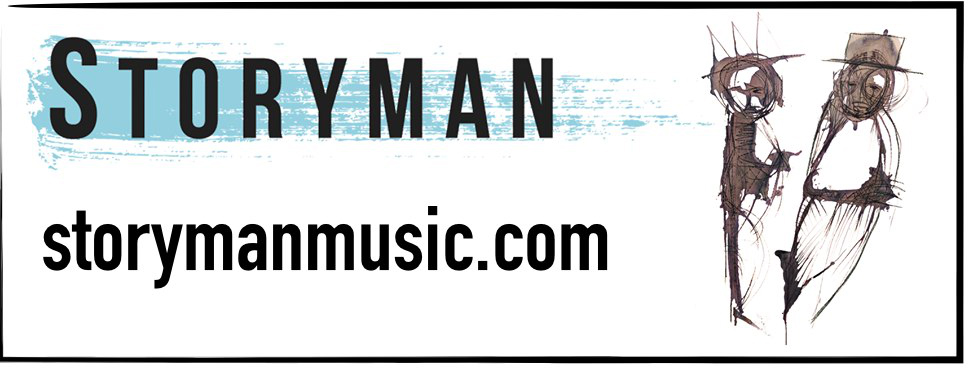SciWorks Radio is a production of 88.5 WFDD and SciWorks, the Science Center and Environmental Park of Forsyth County, located in Winston-Salem.
I love Cajun cooking. There's nothing like a gumbo crawling with crawdads! While this thought may bring you back to the bayou, the Southeast – and North Carolina especially – is where it's at if you're a crayfish.
The center of biodiversity for crayfish is in the Southeastern United States, so we have the highest diversity of crayfishes worldwide. North Carolina itself has coming up on 50 known species of crayfishes, but there are still several in the state of North Carolina that have yet to be described, which I think is very exciting.
That's Dr. Bronwyn Williams, Research Curator of Crustaceans at the North Carolina Museum of Natural Sciences.
In general, North Carolina is among the most biologically-diverse states, for several reasons that have previously been discussed here on SciWorks Radio.
RELATED: Diversity of Species in North Carolina
Along with that, there are a couple of thoughts as to why we we live in the the Mudbug Mecca.
You have one hypothesis: that this is the center of origin and then there was dispersal out. The other one is because they haven't been cyclically wiped out by these huge, massive glaciers coming down and running everything off, and they have to recolonize again.
In a way, crayfish are islands unto themselves, kinda. Most species carry with them Branchiobdellida, a species of worm that live life on the clawed critter. Check them out in this video:
Dr. Williams sees the worms as an opportunity.
Can we use these species of worms to actually track or better understand the relationships among crayfish? Or interactions among crayfish?
To better understand a relatively quick, 125-mile upstream migration of a crayfish population, Dr. Williams hypothesized that the worms' short life-cycle would give a fine-scale resolution of the migration pattern.
So, with the crayfish, we found a fair bit of variation that fit to the landscape very well, but the worms we found nothing. Everybody from Alberta to Ontario and Minnesota shared that same sequence.
Meaning there was none of the mitochondrial variation you would expect after many generations of worm reproduction.
It was just jaw-dropping. Yeah. No idea.
The crayfish host an integrated society; the worms share the neighborhood with a smaller species called ostracods, or seed shrimp.
The largest ones are about a half-a-millimeter in length, and they just look like little kidney beans with legs and antennae. As one of my interns says, they're microscopically adorable!
Both of these groups would be what we would call obligate ectosymbionts of these crayfishes so, they are obligated to live on that host in some way, shape, or form.
Interestingly, neither the worms nor the seed shrimp actually feed on the crayfish; rather it's the best neighborhood to raise a family.
When they lay their eggs, those embryos actually won't develop unless they're actually on a live crayfish, which is wacky. But nobody has been able, in a lab situation, to rear these off of a live crayfish host. So it's some sort of uptake, some need from that live crayfish that they get to sustain those embryos.
So, you have these two completely different groups; these little arthropods, these little crustaceans and these worms, that have adopted this very similar, kind of needy lifestyle, as it were.
The highest species diversity that I've seen is six different species of worm on a single crayfish, and two species of these little ostracods, so eight total symbiont species on a single crayfish. And they do seem to have their own little territories for the most part. They seem to partition out. You know, “I'm going to claim between the eyes, and you're going to go down on the tail,” and so on and so forth. They've got these territories worked out.
They perceive the crayfish as a landscape. You go out and log at the various buildings and the hills and so on and so forth. To them, that's the “I'm going to plant my house here on this crayfish.”
This Time Round, the theme music for SciWorks Radio, appears as a generous contribution by the band Storyman and courtesy of UFOmusic.com.

300x250 Ad
300x250 Ad
